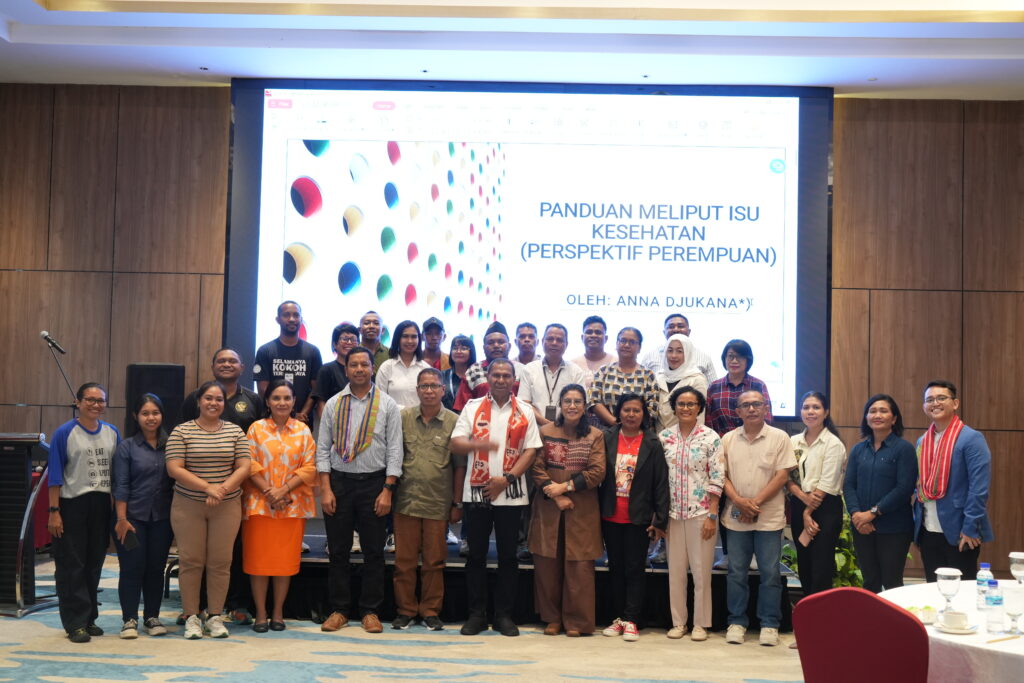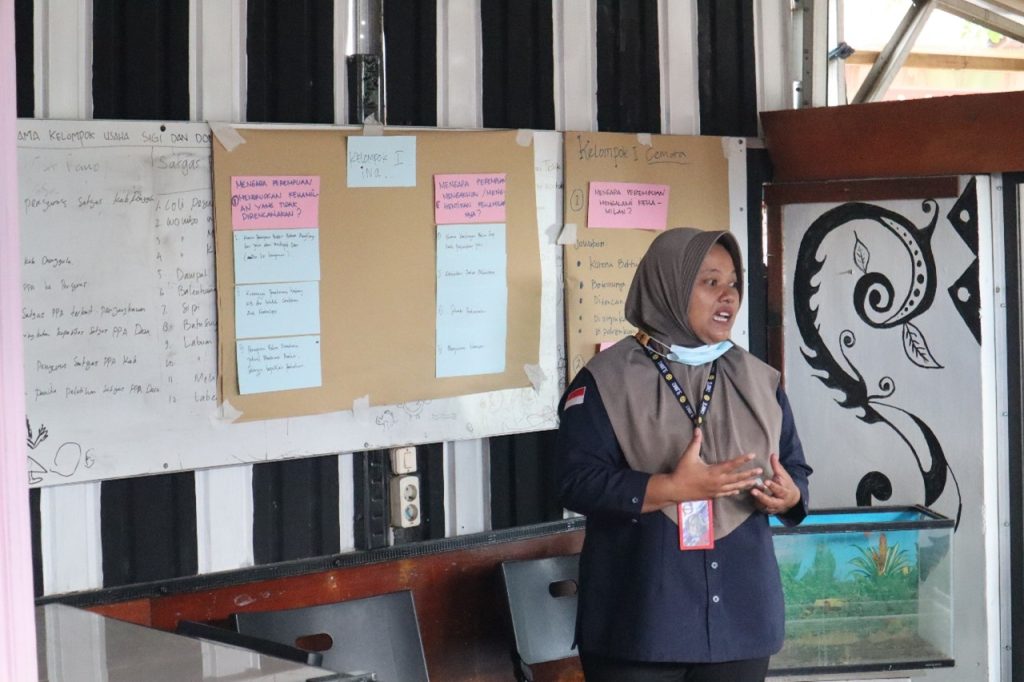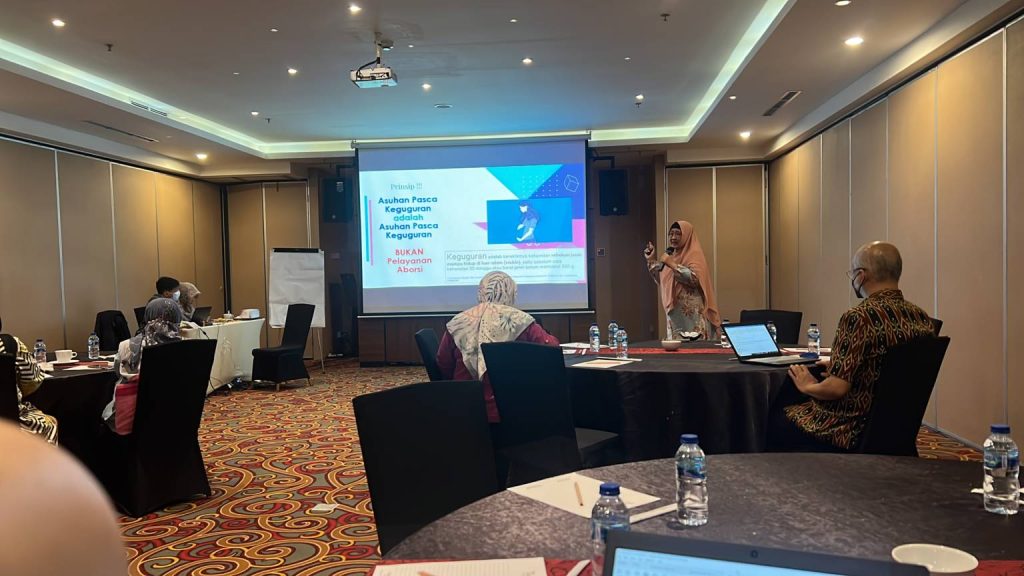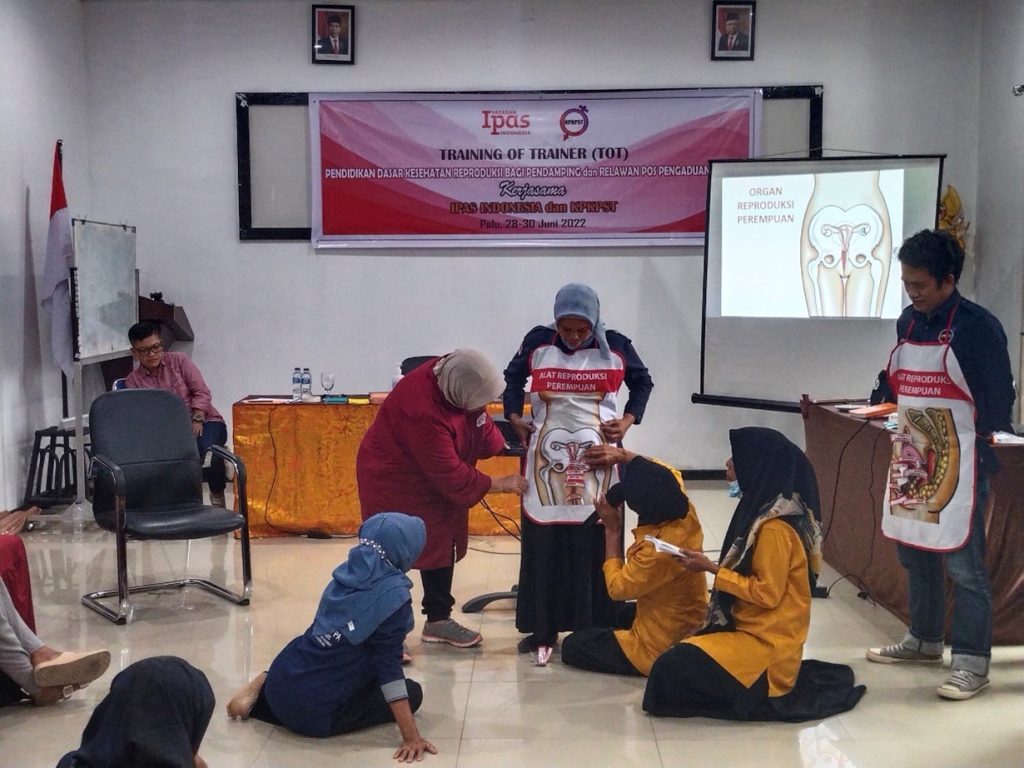To commemorate World Women’s Day, IPAS Indonesia Foundation collaborated with the Alliance of Independent Journalists (AJI) Kupang City to organize a ngabuburit and limited discussion. The event, which was held on March 7, 2025 in Kupang City, focused on covering health issues, especially in the East Nusa Tenggara (NTT) region.
The discussion was opened by the Deputy Governor of NTT, Johni Asadoma, who emphasized the important role of the media in promoting gender equality for women. Through wide dissemination of information, the media is expected to educate women to be more aware of their rights and encourage the creation of equality.
“The role of the media is very supportive in disseminating healthy information and gender equality.The first is to provide information on the rights of women. Second, raising awareness of the importance of gender equality. Then the third provides information about resources and equal opportunities between men and women. Then [the media] deliver gender-sensitive content.Next [the media] breaks down gender stereotypes that are compartmentalized,” said Johni.
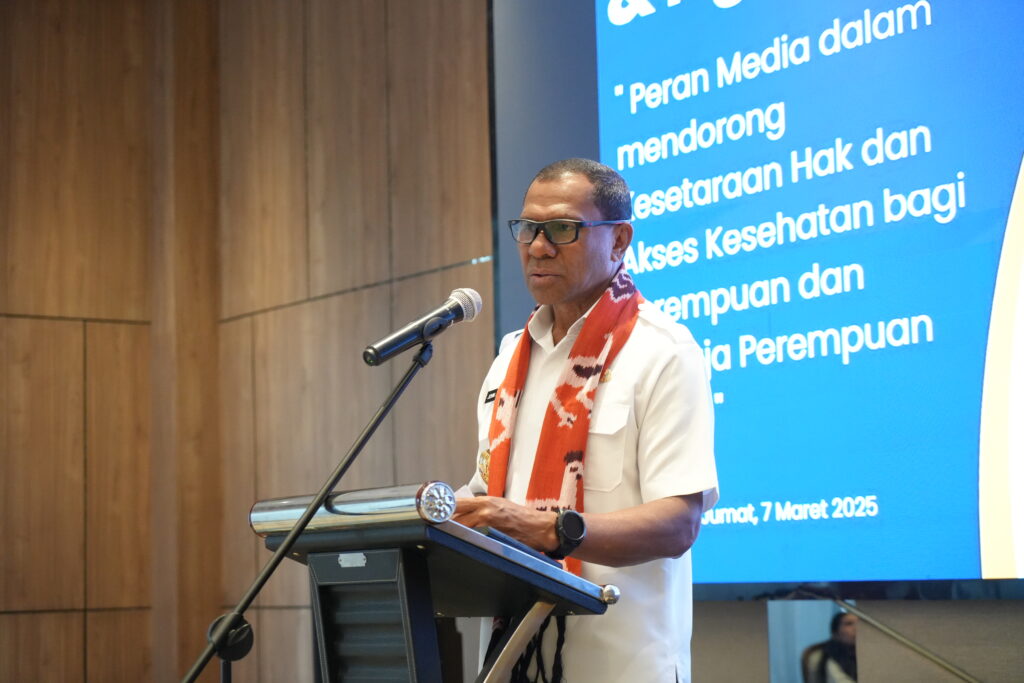
In East Nusa Tenggara, access to health services, especially for women, remains a challenge. This barrier is not only caused by geographical factors and limited infrastructure, but also by a patriarchal culture that prevents women from obtaining proper health services. This condition reflects that gender equality has not been fully achieved.
The Chairperson of AJI Kupang City, Djemi Amnufi, said that this activity was expected to provide input for the NTT government, especially those related to health. “Health is not only stunting, but NTT’s Maternal Mortality Rate (MMR) is quite high,” he added.
In NTT alone, the MMR reached 316 per 100,000 live births. This figure is very high when compared to the national average, which is 189 per 100,000 live births. Meanwhile, the number of contraceptive use decreased from 2021 to 2022. Namely, from 490,774 to 318,148.
Through the TAKENUSA program (Tekad Bersama untuk Kesehatan Perempuan Nusa Tenggara), IPAS Indonesia Foundation seeks to reduce MMR and encourage the expansion of contraceptive access. TAKENUSA has been implemented since 2023 in Kupang, East Flores and South Central Timor districts.
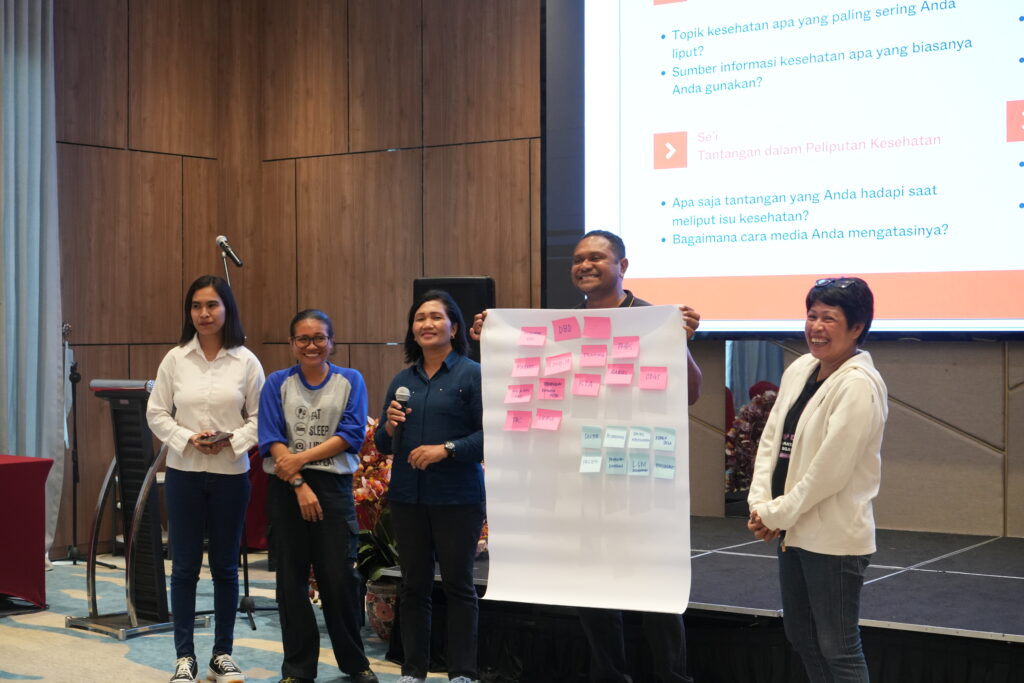
TAKENUSA Project Coordinator, Stefanus Bere, said journalists have a big role to play in reporting how women access these services. Especially to publicize what the challenges are, especially women who live in villages with challenging access.
“The media has a strategic role in educating the public, building awareness, and guarding policies to be more in favor of the needs of women and adolescents. With data and fact-based reporting, the media can become a bridge that connects the community with available health services, while reducing stigma towards reproductive health services,” she said.
Senior journalist and resource person in this discussion Ana Djukana said that presenting figures in health coverage is very important. “Therefore, write interestingly in terms of human interest,” she said.
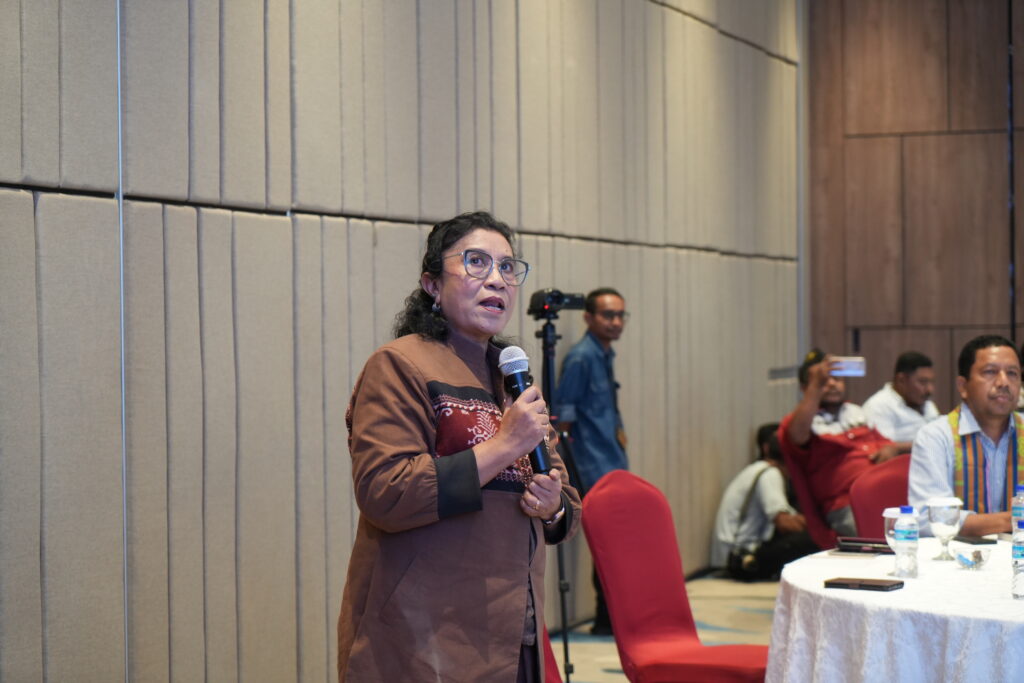
In the discussion sessions, most of the health issues that are often covered are related to HIV/AIDS and rabies. Specialized issues related to contraception and reproductive health have not been exported much.
“In our experience, social organizations are important to help us find sources for coverage such as HIV/AIDS issues. There are even sources whose faces are willing not to be blurred to raise awareness of HIV/AIDS,” said one participant and television journalist.
A big challenge faced by journalists is understanding medical terms. Plus there is no special training for coverage of health issues. “So I once when raising the news there was a difference in the definition of stunting between cadres and health,” said one of the participants.
This activity was attended by 20 journalists (10 female journalists and 10 male journalists) from South Central Timor, Kupang Regency and Kupang City. The journalists consisted of radio, television, print and online journalists.
